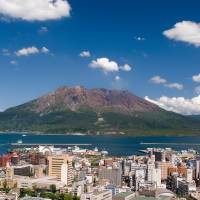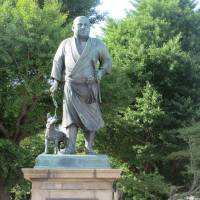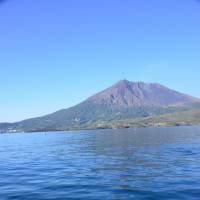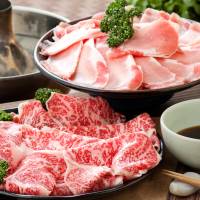The city of Kagoshima is the capital of Kagoshima Prefecture at the southwestern tip of Kyushu. The seaside city is best known for Mount Sakurajima, an active volcano right at the heart of Kinko Bay that flows into the East China Sea.
The city, which sits across from Sakurajima Island that the volcano is named after, has a population of about 600,000, a temperate to subtropical climate and attracts many tourists with its traditional crafts, delicious local food and beautiful nature. The city is easily accessible via a 105-minute direct flights from Tokyo.
One of Kagoshima’s most unique features is its history. It had long been a center of overseas trade due to its geographical closeness to the rest of Asia.
It is also the hometown of influential men who played important roles in the Meiji Restoration 150 years ago. The ratio of samurai warriors in the total population of Japan at the time was merely 6 to 7 percent. In Kagoshima however, it was 30 percent.
As Kagoshima’s former name was Satsuma, the samurai in the area were referred to as satsumabushi, characterized by their pride, vigor and fighting prowess based on Jigen-ryū, a traditional school of Japanese martial arts established in Satsuma in the late 16th century. The school’s principles still provide the basis for today’s educational philosophy of the region.
The most famous satsumabushi is Saigo Takamori. A passionate and energetic character, Saigo’s popularity extends beyond Kagoshima to the rest of Japan; there is a bronze statue of him in the southeast corner of Ueno Park in Tokyo, as if to witness the development of the country that he entrusted to later generations.
Saigo is the main character of this year’s taiga drama series (annual NHK historical drama), another testament to his ongoing popularity in Japan.
Not only did he work for the domain of Satsuma, but Saigo also played a major role in ending the Tokugawa shogunate that ruled the country for about 260 years. The historic event led to the Meiji Restoration, the dawn of modernization. Saigo was well aware that restructuring and strengthening the nation was necessary to protect it from foreign interventions and pressures.
In the field of food culture, Kagoshima boasts a variety of local delicacies made from ingredients produced in its nutrient-rich soil and sea. Kuro (black) is the key color in some of Kagoshima’s most unique and mouthwatering gourmet fare.
Kagoshima kuroushi (black cow), Japanese brand beef that won the grand prize in last year’s Wagyu Olympics, and kurobuta, black pork that was first introduced to Japan 400 years ago, are best enjoyed in shabu-shabu (hot pot). Kuro satsumadori or black Satsuma chicken that, by virtue of the close proximity between the farms that raise the chickens and restaurants serving them, soft and flavorful kuro satsumadori can be eaten raw as chicken sashimi.
A kurojoka is essentially a flat teapot made of black porcelain used to serve shōchū (Japanese distilled spirits) warm. The color comes from the volcanic, iron-rich clay produced in the region.
Shōchū diluted with water can be heated in another container and poured into a kurojoka before serving or heated directly in a kurojoka that can be placed on an indirect heat source, for example, a kerosene stove. This way, the alcohol maintains a perfect temperature that brings out its aroma.
Kagoshima Prefecture is the largest producer of sweet potatoes in Japan. Blessed with nutrients from its volcanic soil and a mild climate, flavorful sweet potatoes grown in the region are used for both cooking and shōchū. Satsuma shōchū made in Kagoshima has a diverse industry of more than 2,000 brands.
Satsuma kiriko (cut glass) also helps create an elegant atmosphere over drinks. It is a kind of glass tableware, mostly tumblers and glasses made by cutting intricate patterns into layers of transparent and colored glass.
Kagoshima ramen is characterized by pork and chicken bone broth with a pot of pickled daikon radish present at the tables of most ramen shops.
Each restaurant has its own additional flavors and spices, such as sesame seeds, dried sardines, kelp and mushrooms; toppings include slices of roast pork, chopped leeks and soft-boiled eggs. Even casual meals like ramen represent a rich mixture of Kagoshima’s local agricultural, livestock and marine products.
The oceanic wildlife is also a sight to behold. Three kinds of wild dolphins — Indo-Pacific bottlenose, cape and bottlenose dolphins pass through Kinko Bay. Visitors who hop aboard a cruise liner have over a 90 percent chance of seeing dolphins. Some of the natural onsen (hot spring) foot baths along the coast are also prime dolphin viewing spots.
The city boasts 270 onsen, more than any prefectural capital. Water from many of the natural onsen in Kagoshima also makes for good drinking water. Sakurajima Museum offers a unique two-hour tour where participants can dig their own little hot spring on Sakurajima’s sandy beach.
The abundance of hot springs is a gift from Mount Sakurajima, one of the most active volcanoes in the world. Arimura Lava Observatory is located at the foot of one of the volcano’s three peaks, where visitors can hear the bubbling lava and roar of eruptions. The unusual landscape of black pine trees growing out of the lava field with a backdrop of thick volcanic smoke is also visible from the observatory.
There are many places in the city of Kagoshima where visitors can appreciate the magnificent presence of Mount Sakurajima from afar. Shiroyama Kanko Hotel provides a panoramic view of Mount Sakurajima from its open-air onsen. Another location that offers a spectacular view of the volcano is Sengan-en, a 360-year-old stately home and expansive landscape garden owned by the powerful feudal-era Shimadzu clan.
Sengan-en and the Shoko Shuseikan, a museum that was formerly a machine factory, were designated as UNESCO World Cultural Heritage sites in 2015 for the significant roles they played during the Meiji Industrial Revolution. Their contributions to modernization and industrialization were especially notable in the fields of iron and glass manufacturing, shipbuilding and spinning, allowing the country to catch up and compete with Western countries at the end of the Edo Period.
For more historical sightseeing in the area, there is Mount Shiroyama, a 107-meter tall mountain that can be reached for less than \2,000 by taxi from Sengan-en. It was the final battlefield of the Satsuma Rebellion where Saigo is believed to have killed himself after being cornered by troops sent by the government who believed he was leading angry former samurai who were unsatisfied with the policies of the new regime.
Besides the historical sites, the mountain has a pleasant forest walkway and beautiful views of the city of Kagoshima with Mount Sakurajima in the distance, as well as a picturesque night view of the city lights.
At the eastern foot of Mount Shiroyama is Kagoshima Castle, also known as Tsurumaru Castle. This is where the feudal lords of the Shimadzu family resided until they surrendered it in the wake of the Meiji Restoration, moving to live at their second residence Sengan-en full time.
Blessed with abundant nature and rich history, Kagoshima offers a plethora of things for visitors to explore.

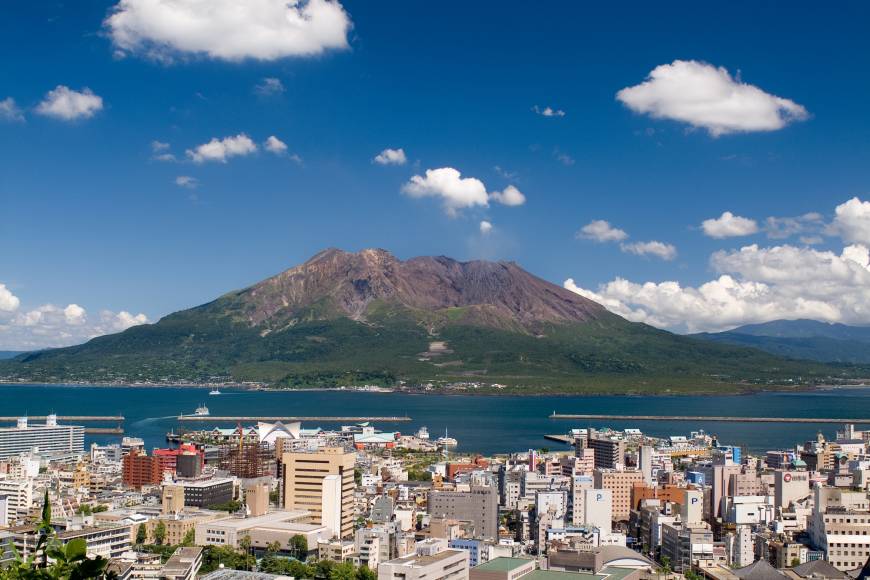
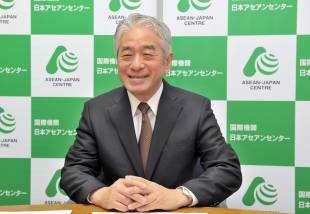
 Click to enlarge
Click to enlarge
